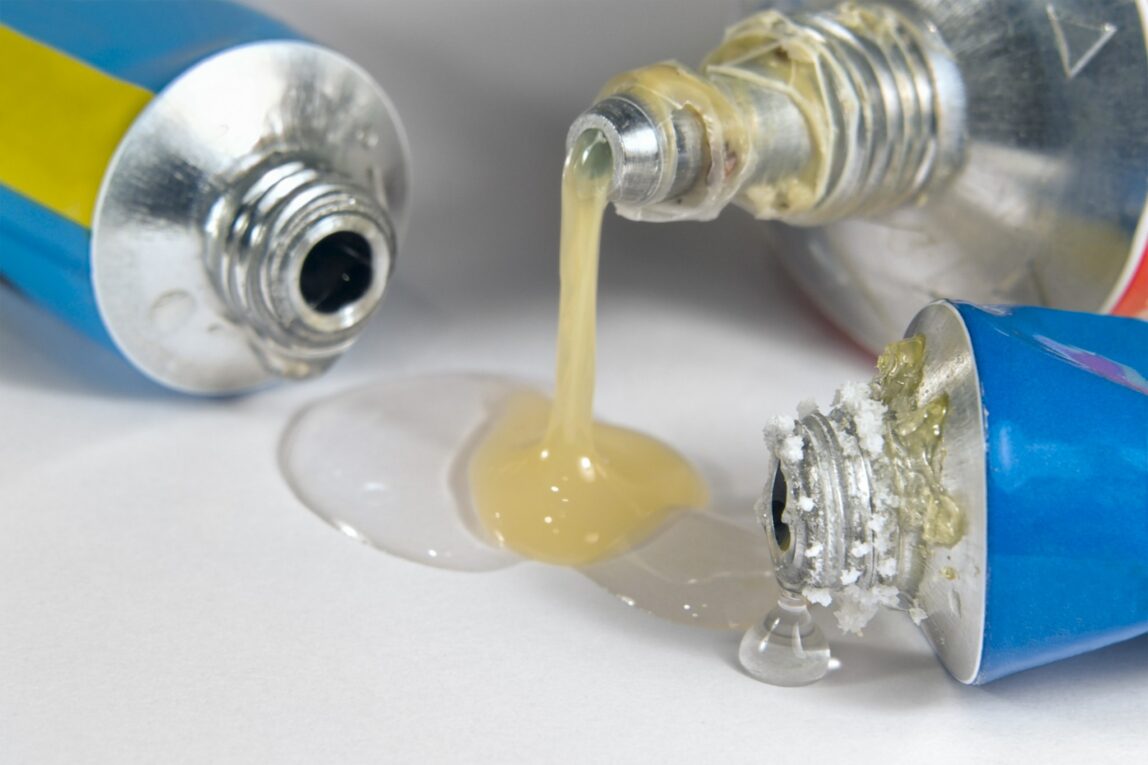Specialty adhesives refer to advanced bonding materials that have been engineered to overcome specific application challenges where traditional adhesives may not suffice. Unlike common household adhesives like glues and tapes, specialty adhesives possess enhanced properties that allow them to form durable bonds even in harsh environments or with difficult-to-bond substrates. From electronics and aerospace to medical devices and construction, specialty adhesives play a vital role across many industries by enabling the assembly of advanced products and structures.
Types of Specialty Adhesives
There are several main categories of specialty adhesives based on their chemistry and performance characteristics. Some of the most common types are:
Epoxy Adhesives
Epoxy adhesives are known for their high strength, heat and chemical resistance. They can be one- or two-part formulations that cure via chemical reaction to form highly crosslinked structures. Due to their excellent adhesion to many substrates, epoxies are widely used for structural bonding in aerospace, marine, automotive and electronics applications.
Silicone Adhesives
Silicone adhesives offer heat stability, low temperature flexibility and electrical insulation properties. They usually cure at room temperature via a moisture cure or thermal cure mechanism. In electronics, silicones are commonly used for semiconductor encapsulation, conformal coating and thermal management due to their ability to withstand high temperatures.
Polyurethane Adhesives
Polyurethane adhesives demonstrate high bonding performance to various substrates like glass, metals and plastics. They cure through reaction between hydroxyl and isocyanate functional groups. Two-part polyurethane adhesives have high strength and impact resistance, making them suitable for applications in transportation like automotive and rail bonding.
Cyanoacrylate Adhesives
Also known as superglues or instant adhesives, cyanoacrylate adhesives are known for their extremely fast cure speeds when in contact with common substrates like wood, glass or metal. These one-part formulations find widespread use as general purpose adhesives in industrial assembly, medical devices, hobby and craft applications due to their convenience.
Anaerobic Adhesives
Anaerobic adhesives are specialized thread locking and retaining compounds that cure only in the absence of air between bonded surfaces. This makes them ideal for applications like threaded fasteners in mechanical assemblies. They cure upon exclusion of oxygen between mating parts to form strong, flexible bonds.
Specialty Adhesives in Electronics Applications
The electronics industry relies heavily on Specialty Adhesives to assemble and package delicate components that must withstand harsh operating conditions. Adhesives play a critical role in applications such as:
Circuit Board Assembly
Adhesives are used extensively in printed circuit board (PCB) manufacturing to attach surface mount components during reflow soldering processes. Conductive adhesives bond fine-pitch components while insulating adhesives provide mechanical attachment and protection of electrical contacts.
Semiconductor Encapsulation
Silicone, epoxy and polyurethane adhesives are employed to package integrated circuits and protect delicate semiconductor chips and packages from damage, corrosion and moisture penetration. They must withstand post-encapsulation processes like molding without degrading.
Conformal Coatings
Silicone and polyurethane conformal coatings protect printed circuit assemblies from environmental hazards like moisture, dust, corrosion and handling damage. They form a flexible, protective barrier over assembled boards without interfering with component operation.
Thermal Interface Materials
Specialized thermal adhesives and pads are used to conduct heat from electronic components into heat sinks for efficient dissipation. Low modulus adhesives like silicones and thermally conductive epoxies optimize heat transfer while accommodating component expansion.
Display Assembly
Optically clear and electrically insulating adhesives play a key role in consumer electronics like smartphones, tablets and TVs. They attach liquid crystal displays, touchscreens and other optical components into tight bezel designs with precise alignment and gap control.
Adhesive Challenges in Medical Devices
Manufacturing medical devices presents unique adhesive challenges due to stringent biocompatibility, sterilization and regulatory requirements. Adhesives must demonstrate high bonding reliability to a wide variety of substrate materials while avoiding toxicity. Some key applications include:
Catheter and Tubing Assembly
Silicone and polyurethane adhesives are used to bond catheter shaft components, heat shrink sleeves and other tubing in minimally invasive medical devices. They provide flexibility along with high bond strength.
Prosthetics
Structural silicone adhesives attach external prosthetic components like artificial limbs to patients with high peel and shear strength. Curing adhesives must accommodate heat and moisture generated under the prosthetic.
Surgical Instruments
Epoxies and other solvent-free adhesives assemble scalpels, scissors and other disposable surgical tools. Bonds must demonstrate high strength as well as resistance to moisture and sterilization methods like autoclaving.
Dental Applications
Dental adhesives bond diverse materials like ceramics, metals and plastics in dental fixtures, bridges and implants. They facilitate bonding between dissimilar substrates with strong, long-lasting adhesion.
Implant Assembly
Adhesives attach components in implantable devices like pacemakers, hip replacements and drug infusion pumps. They must demonstrate biocompatibility, high reliability and ability to withstand long-term exposure to bodily fluids and stresses.
Benefits of Structural Adhesives in Transportation
Switching from mechanical fasteners to structural adhesives brings numerous performance advantages in transportation applications. Adhesive bonding is gaining popularity across industries like:
Automotive Assembly
Adhesives structurally join vehicle body panels, closures and other components. They improve crash performance, noise/vibration dampening and corrosion resistance compared to resistance spot welds alone.
Aerospace Manufacturing
Adhesives enable lightweight composite construction of airframes and join aluminum alloy, polymers and composite parts. They provide design flexibility beyond rivets to reduce weight and part count.
Rail Car Construction
Adhesives bond body shells and mechanical assemblies in rail vehicles. They help meet stringent strength, safety and weight requirements through high-performance structural bonding techniques.
Marine Vessel Manufacturing
Epoxy and polyurethane adhesives structurally bond marine vessel hulls, decks and superstructures made of steel, aluminum or composites. They protect against corrosion from seawater exposure.
*Note:
1. Source: Coherent Market Insights, Public sources, Desk research
2. We have leveraged AI tools to mine information and compile it

